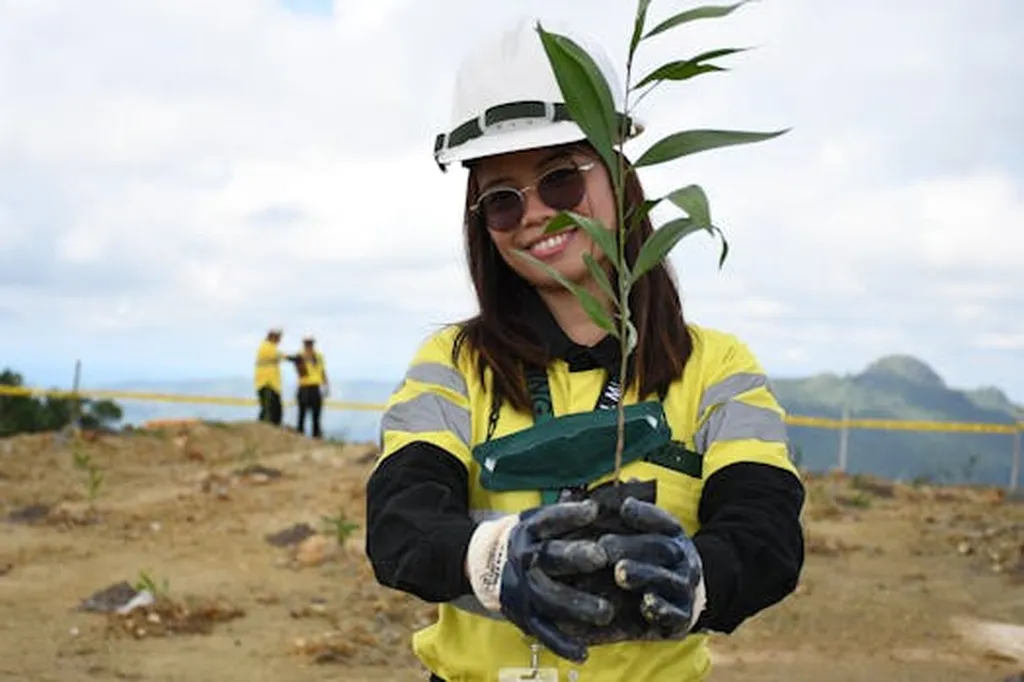In the heart of the Philippines, where the invasive Charru mussel (Mytella strigata) poses a significant ecological threat to aquaculture, a team of researchers led by Bridjet Merto from the Department of Chemical Engineering and Technology at Mindanao State University—Iligan Institute of Technology has turned a nuisance into a valuable resource. Their innovative study, published in ‘Materials Research Express’ (or ‘Express for Materials Research’ in English), demonstrates a sustainable method for converting Charru mussel shell waste into high-value biomaterials: calcium oxide (CaO) and hydroxyapatite (HAp), with potential applications in the biomedical and energy sectors.
The research team focused on optimizing the extraction of CaO from mussel shells through calcination, a process that involves heating the shells to high temperatures. They found that higher temperatures and longer durations effectively increased calcium content and decreased carbon content, confirming the decomposition of the shells. “At 950 °C for 2 hours, we achieved the optimal condition for complete decomposition without sintering,” Merto explained. This temperature yielded the highest CaO conversion of approximately 63%, as indicated by X-ray fluorescence (XRF) analysis.
The extracted CaO was then used to synthesize hydroxyapatite (HAp) via wet chemical precipitation. The team varied phosphate precursor concentrations and aging times to optimize the synthesis process. Interestingly, the gravimetric HAp yield was not significantly impacted by these variations, suggesting that these parameters are more critical for controlling HAp quality than quantity.
The synthesized HAp exhibited fine, spherical-shaped particles and small aggregates, as revealed by scanning electron microscopy with energy-dispersive X-ray spectroscopy (SEM-EDX). X-ray diffraction (XRD) confirmed the presence of characteristic HAp peaks and its crystallite size. Fourier Transform Infrared (FTIR) spectroscopy further confirmed the characteristic HAp functional groups.
Merto and her team found that treatments with phosphate precursor concentrations of 0.33 M and 0.36 M aged for 24 hours produced Ca/P molar ratios close to the ideal stoichiometric ratio (1.67). These treatments also yielded crystallinities suitable for drug delivery and bone scaffold applications. “This research not only addresses the ecological threat of invasive species but also provides a method for waste valorization that supports UN Sustainable Development Goal 14, Life Below Water,” Merto stated.
The implications of this research extend beyond environmental remediation. In the energy sector, hydroxyapatite is known for its potential applications in nuclear waste management, catalysis, and as a component in advanced batteries. The ability to produce high-quality HAp from a readily available and renewable source like Charru mussel shells could drive down production costs and make these advanced materials more accessible.
Moreover, the study highlights the importance of interdisciplinary research in addressing global challenges. By combining chemical engineering principles with environmental science, Merto and her team have demonstrated a sustainable approach to waste management that could inspire similar initiatives worldwide.
As the world grapples with the dual challenges of environmental degradation and the need for sustainable energy solutions, research like this offers a glimmer of hope. It shows that with innovation and a willingness to think outside the box, even the most pressing problems can be turned into opportunities for growth and development. The future of the energy sector, and indeed the planet, may well depend on such creative and sustainable solutions.

